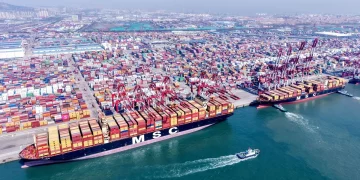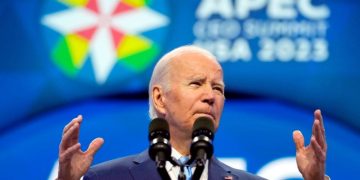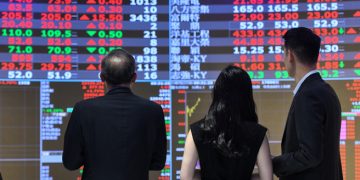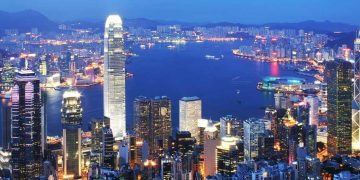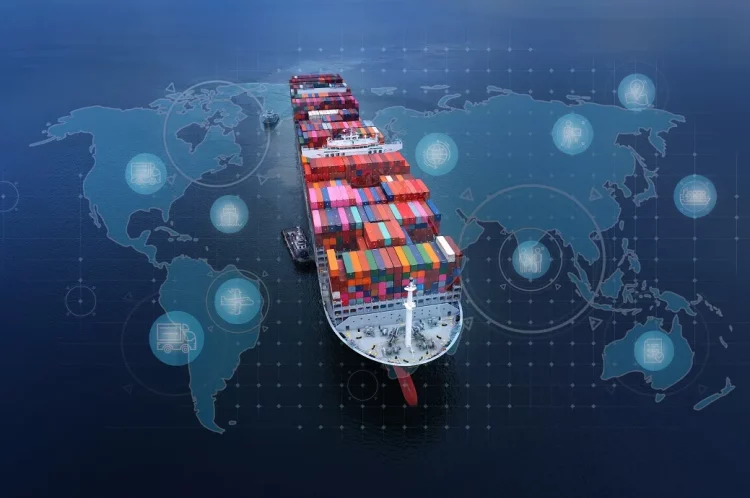The global economy is experiencing a significant shift, marked by a rise in protectionist policies that threaten to reshape international trade as we know it. As countries move away from free trade principles in favor of more insular and nationalistic approaches, global trade is facing new challenges and uncertainties. Protectionism, which includes policies such as tariffs, trade barriers, and restrictions on foreign investments, is reshaping the global economic landscape. At the forefront of this transformation are major players such as the United States, China, and the European Union, whose actions and policies are influencing the direction of trade relationships worldwide. But what does this mean for the future of global trade, and how will it affect supply chains, international agreements, and the global economy?
Introduction: The Rise of Protectionist Policies and Their Impact on Global Trade
For much of the post-World War II era, global trade was driven by the idea that nations benefit from trade liberalization, free markets, and international cooperation. Institutions such as the World Trade Organization (WTO) were designed to foster open markets and resolve disputes between countries in a way that promoted collective economic growth. However, in recent years, there has been a marked shift toward protectionism, driven by factors such as growing nationalism, rising economic insecurity, and concerns about the negative effects of globalization.
In the last decade, protectionism has been most evident in the trade policies of major economies, notably the United States and China. In 2018, the US under President Donald Trump began imposing tariffs on a wide range of Chinese goods, initiating what became known as the “trade war” between the two largest economies in the world. This was followed by similar actions from other countries, including the European Union and India, who also introduced tariffs and trade barriers to protect their domestic industries. The economic uncertainty generated by these policies has left many global businesses questioning the future of international trade.
Protectionism, however, is not just about tariffs. It also includes measures such as import quotas, subsidies for domestic industries, and restrictions on foreign ownership. These policies are designed to reduce dependence on foreign markets and protect domestic industries from foreign competition. While protectionist policies are often championed by those seeking to protect jobs and local industries, they come at a cost: reduced trade flows, supply chain disruptions, and the potential for retaliatory actions that can further escalate trade tensions.
Key Players: How the US, China, and Other Key Countries Are Changing Their Trade Policies
The rise of protectionism can be attributed to several factors, with different countries pursuing trade policies based on their economic priorities and domestic political environments. The United States and China have been the most prominent players in this shift, but other countries are following suit as well.
The United States: From Free Trade to “America First”
Under the leadership of President Donald Trump, the United States embraced a more protectionist approach, with the slogan “America First” shaping its trade policies. The US initiated trade wars with China, imposed tariffs on steel and aluminum imports, and withdrew from the Trans-Pacific Partnership (TPP), a major trade deal with 11 countries in the Asia-Pacific region. The goal was to reduce trade deficits and bring manufacturing jobs back to the US. However, the consequences of these policies were mixed. While some sectors of the economy did see short-term benefits, such as steel and aluminum producers, the broader economy suffered from increased costs and retaliatory tariffs from trading partners.
The Biden administration, while less combative, has largely maintained many of Trump’s trade policies, focusing on strengthening domestic manufacturing and technology sectors. Biden’s “Build Back Better” plan, which includes significant investments in infrastructure and green technologies, is designed to make the US more self-sufficient and reduce its reliance on imports. While there has been some easing of trade tensions with allies, the US continues to pursue protectionist measures aimed at enhancing economic resilience.
China: The Push for Economic Self-Reliance
China, the world’s second-largest economy, has long been a proponent of free trade and globalization, but its approach to trade policy has evolved in recent years. Under President Xi Jinping, China has increasingly emphasized the need for self-reliance, particularly in high-tech industries such as semiconductors, artificial intelligence, and electric vehicles. The trade war with the US exposed vulnerabilities in China’s supply chains and its dependence on foreign technology, which prompted the Chinese government to pursue policies aimed at reducing this reliance.
China has made significant strides in its Belt and Road Initiative (BRI), investing heavily in infrastructure projects across Asia, Africa, and Europe. While this initiative promotes trade and economic growth, it also strengthens China’s geopolitical influence. In response to Western sanctions and trade barriers, China has increasingly turned to regional trade agreements, such as the Regional Comprehensive Economic Partnership (RCEP), which includes 15 Asia-Pacific countries and is the largest trade agreement in history. China’s trade policies are shifting toward regionalism, seeking to expand its influence within Asia and beyond while also focusing on enhancing domestic innovation and production capabilities.
The European Union: Navigating Between Protectionism and Free Trade
The European Union has faced a unique challenge in balancing protectionism with its long-standing commitment to free trade. On one hand, the EU has traditionally been a proponent of liberalized trade policies and has negotiated numerous trade agreements with countries and regions around the world. However, the EU has also taken a more protectionist stance in recent years, particularly in response to the challenges posed by the US and China.
The EU has been vocal in advocating for multilateralism and the rules-based international trading system, but it has also sought to protect its industries from foreign competition. The EU’s trade policies include anti-dumping measures, safeguards against unfair trade practices, and regulations that protect European industries from foreign subsidies. Additionally, the EU is increasingly focusing on creating a more sustainable and resilient economy through green trade policies and the promotion of digital technologies.
The EU’s role in shaping global trade is also influenced by the need to maintain cohesion among its member states, many of which have differing views on trade. For example, countries in Eastern Europe are often more pro-free trade, while Southern Europe tends to favor protectionist measures to safeguard local industries. This has led to debates within the EU about the best path forward in the age of protectionism.
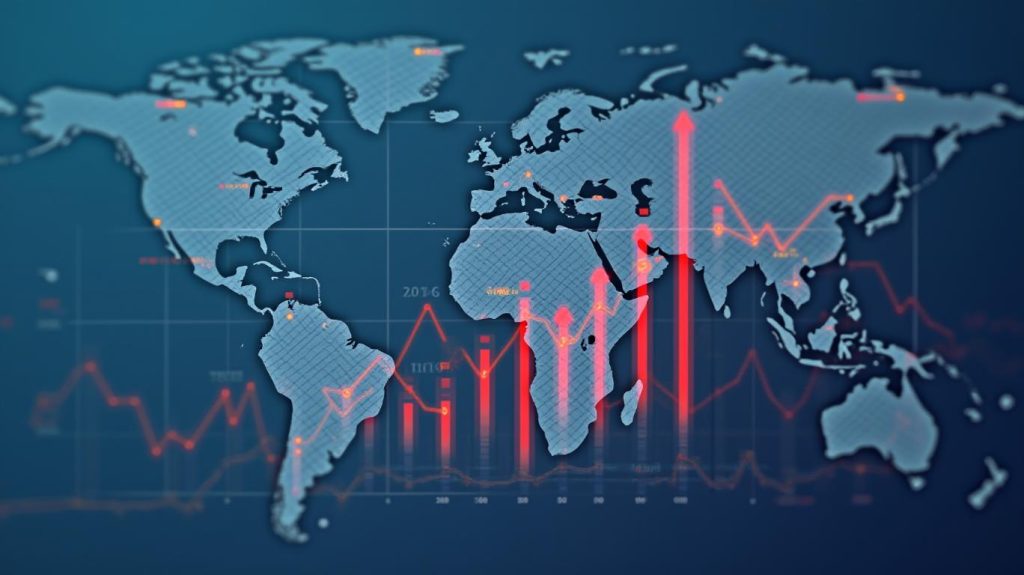
Global Supply Chains: The Long-Term Implications for Supply Chains
One of the most significant impacts of protectionism is its effect on global supply chains. The interconnected nature of global trade means that disruptions in one country can have ripple effects across the entire supply chain. Protectionist measures such as tariffs, export controls, and import restrictions can increase costs and create delays, forcing businesses to reconsider how they source materials and products.
The trade war between the US and China has already highlighted the vulnerabilities in global supply chains. As tariffs were imposed on a range of goods, companies that relied on China for manufacturing were forced to find alternative suppliers, often in countries with less established infrastructure or higher costs. The pandemic further exposed the fragility of global supply chains, with disruptions in transportation and manufacturing causing widespread shortages of goods, particularly in the technology and healthcare sectors.
In the long term, businesses may increasingly seek to “de-globalize” their supply chains by bringing production closer to home or diversifying sources of supply. This trend, known as “nearshoring” or “friend-shoring,” involves moving manufacturing operations to countries with which a company has strong trade ties, such as shifting production from China to countries in Southeast Asia or Latin America. While this can help mitigate the risks of geopolitical tensions and supply chain disruptions, it also comes with its own set of challenges, including higher labor costs and logistical complexities.
Future Outlook: What the Future Holds for International Trade Agreements and Tariffs
Looking ahead, the future of global trade is likely to be defined by a combination of protectionism and regionalism. While some countries, such as the US and China, may continue to prioritize national interests over global cooperation, others may pursue multilateral agreements aimed at maintaining open markets and reducing trade barriers. The future of international trade will depend largely on how key players navigate their economic and political priorities in the face of growing protectionist pressures.
International trade agreements will increasingly focus on sectors such as digital trade, green technologies, and supply chain resilience. The EU, for example, has already begun negotiating trade agreements that include provisions on climate change and environmental sustainability. Similarly, the growing importance of digital trade and data flows will likely lead to new trade frameworks that address issues such as cybersecurity, privacy, and cross-border data transfers.
At the same time, tariffs and trade barriers are unlikely to disappear entirely. While there may be efforts to reduce the number of tariffs through international negotiations, the trend toward protectionism is expected to persist, particularly in response to economic and political challenges. Governments may continue to use trade barriers to protect domestic industries from foreign competition, which could lead to a more fragmented global trade system.
Conclusion: A New Era for Global Trade
The rise of protectionism marks the beginning of a new era for global trade, one that is characterized by increasing nationalism, trade barriers, and a shift toward regional trade agreements. While this presents challenges for businesses and economies worldwide, it also opens up opportunities for countries to reshape their economic relationships and pursue new strategies for growth. As the global economy continues to evolve, the future of trade will depend on how nations balance the need for protectionist policies with the benefits of cooperation and open markets. The world is entering a period of uncertainty, and businesses and policymakers alike must adapt to a changing landscape in order to thrive in the age of protectionism.



